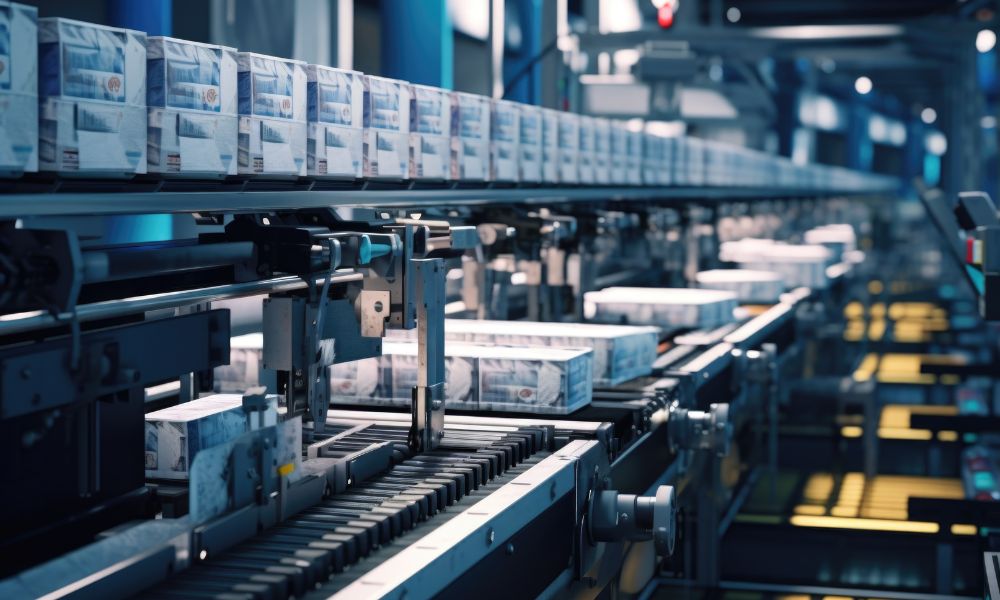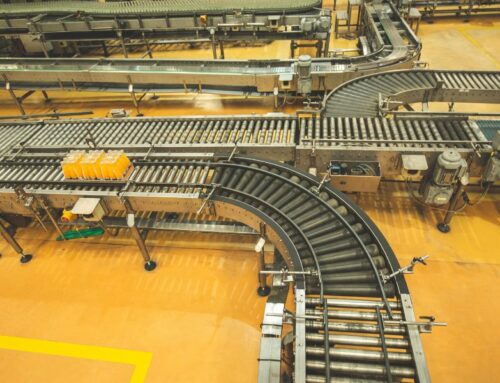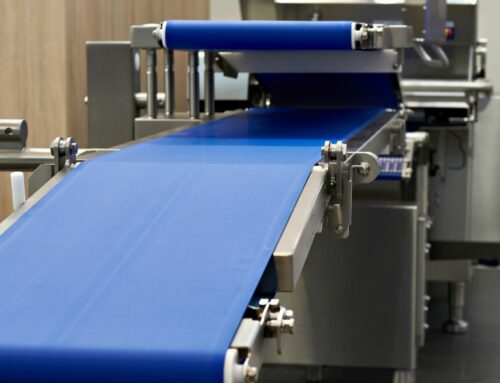
Conveyor belt systems are an essential part of many industries across the globe. Conveyor belt systems play a particularly key role in transporting and handling goods, from manufacturing to packaging and shipping.
Let’s explore the basics of conveyor belt systems, including their history, the types of conveyor belts available, and how they work.
History of Conveyor Belt Systems
The concept of conveyor belt systems dates back to the early 19th century when they were primarily found in the mining industry to transport coal and other minerals. Over time, technological advancements led to more efficient conveyor belt systems that could handle larger loads and operate at higher speeds. Today, conveyor belt systems are used in various industries and have become essential to modern manufacturing and logistics.
Types of Conveyor Belt Systems
Several conveyor belt systems are available, each designed for a specific purpose. The most common types include flat belt conveyors, belt-over-roller conveyors, and slider bed conveyors. Flat belt conveyors are ideal for transporting objects with flat bottoms and are common in assembly lines and packaging facilities. Belt-over-roller conveyors are designed for high-speed applications and are common in logistics and distribution centers. Slider bed conveyors are ideal for handling heavy loads. You can find them in recycling plants and manufacturing facilities.
How Conveyor Belt Systems Work
Conveyor belt systems use a continuous loop of material to transport goods from one location to another. The conveyor belt typically consists of two or more pulleys rotating around a roller series. As the belt moves, the pulleys rotate, causing the objects on the belt to move along with it. Motors power some conveyor belt systems, while others use gravity or manual labor to move goods along the belt. Once the goods reach their destination, they are removed from the belt using various methods, including lifts and robotics.
Benefits of Conveyor Belt Systems
The use of conveyor belt systems provides several benefits to businesses, including increased efficiency, reduced labor costs, and improved safety. By automating the transportation of goods, conveyor belt systems allow for faster and more consistent delivery of products, reducing the need for manual labor. This reduction can result in significant cost savings for businesses. In addition, conveyor belt systems focus on safety, with features such as emergency stop buttons and safety barriers that protect workers from injury.
Conveyor belt systems are essential to modern manufacturing and logistics, providing businesses with a cost-effective and efficient way to transport goods. With various types and designs available, conveyor belt systems can fit the specific needs of different industries and applications. Whether transporting boxes of products in a warehouse or moving heavy machinery in a manufacturing plant, conveyor belt systems are the key to efficient and safe transportation.
If you’re looking for conveyor system manufacturers, Redline Systems can provide quality equipment and expertise for all your conveyor belt system needs. Whether you need a standard conveyor belt or a custom solution, Redline Systems has the experience and resources to help your business operate smoothly and efficiently. Contact us today to learn more about how our conveyor belt systems can improve your operations and increase productivity.



